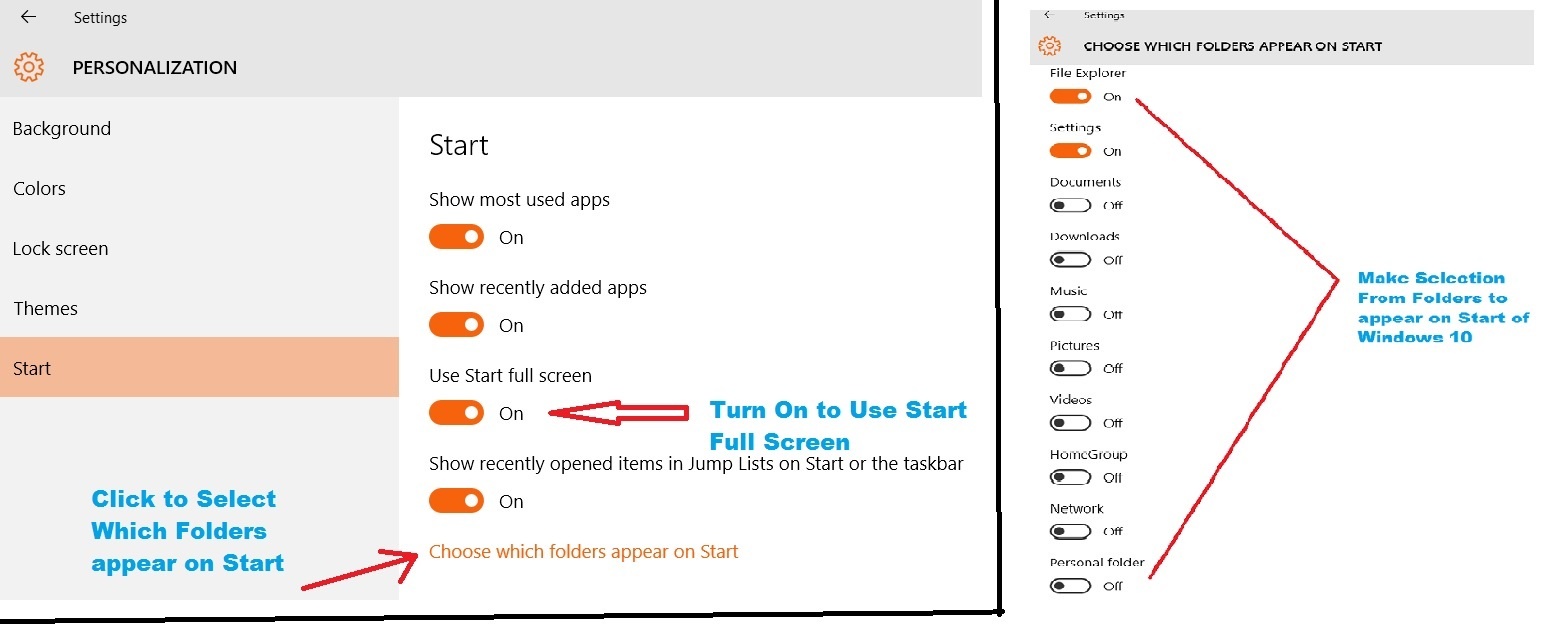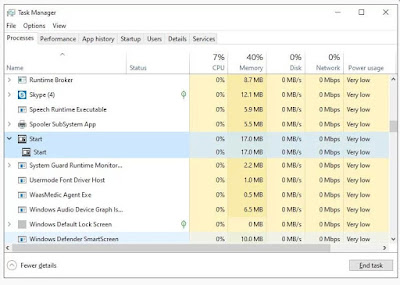

- #Customize windows 10 start menu task sequence install
- #Customize windows 10 start menu task sequence update
- #Customize windows 10 start menu task sequence driver
- #Customize windows 10 start menu task sequence registration
- #Customize windows 10 start menu task sequence software
#Customize windows 10 start menu task sequence install
If you want to skip the Windows 10 deployment procedures in the MDT guide, and move directly to this guide, at least install MDT and the Windows ADK before starting this guide. Deploy Windows 10 in a test lab using the Microsoft Deployment ToolkitĬomplete all steps in these guides before you start the procedures in this guide.Step by step guide: Deploy Windows 10 in a test lab.Use Unattend settings to hide certain pages that appear in OOBE.This guide uses the proof of concept (PoC) environment, and some settings that are configured in the following guides: This enables you to provide them with a more personalized experience and information.

#Customize windows 10 start menu task sequence registration
You can display OEM registration screens during OOBE to encourage customers to provide you with their information.

You can add your OEM license terms to the License Terms screen in the first-run experience of OOBE. If you include written instructions, you must include those instructions in every language that ships with the PC. On PCs that ship with an unpaired wireless mouse and keyboard, you can customize the HID pairing screens shown to the customer during the first-run experience in OOBE.

Learn how both critical and non-critical Windows updates can download during a user's Out of Box Experience. Although these screens aren't customizable, they are described here to provide insight to the user experience during OOBE. Learn about the Let's connect you to a network, Create security questions, and Payment information screens in OOBE. By specifying information in the Oobe.xml file, you help fill in some of the required information so that users are asked to do only the core tasks required to set up their PCs. You can use multiple Oobe.xml files for language- and region-specific license terms and settings so that users see appropriate info as soon as they start their PCs. Use OOBE.xml to organize text any images displayed during OOBE, and to specify settings for customizing the Windows 11 first-run experience. The following topics describe OOBE customization considerations. Instead of automatically launching apps, Windows automatically opens the Start menu to encourage customers to familiarize themselves with Windows and see the apps that Microsoft and OEMs have pinned to the Start menu. Background services can run, but can't show on the screen. Windows has a post-OOBE quiet period during which no apps automatically launch to show any UI. When a user completes OOBE and get to the desktop, they'll see a calm experience. Reaching the Desktop and the Quiet Period A device loses its network connection during the reboot.A device didn't previously connect to a network.If an updated version of Windows is installed.Īfter a reboot, a device will repeat one or more pages during OOBE if any of the following occurs:.
#Customize windows 10 start menu task sequence update
#Customize windows 10 start menu task sequence driver
#Customize windows 10 start menu task sequence software
The choices you make in your hardware and software determine how much work customers must do to complete OOBE before they can enjoy their new devices. OOBE is a series of screens that require customers to accept license agreements, connect to the internet, log in with, or sign up for a Microsoft Account (MSA), and share information with the OEM. When customers turn on their Windows 11 PCs for the first time, they'll see the Windows Out of Box Experience (OOBE).


 0 kommentar(er)
0 kommentar(er)
